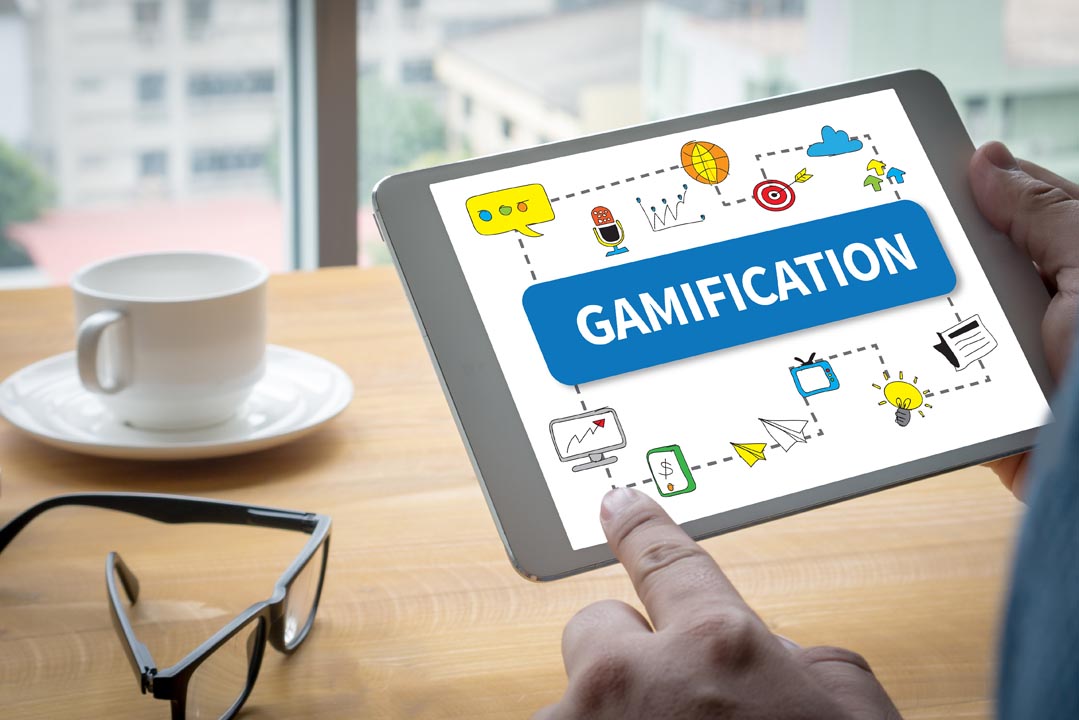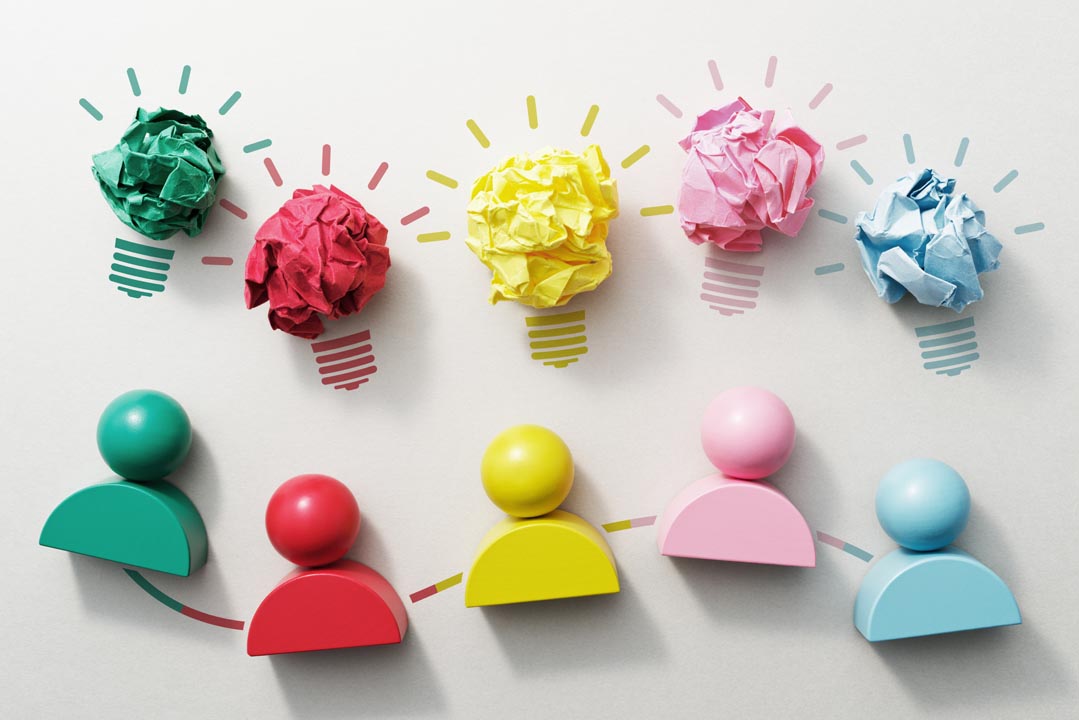David Shuttleworth looks at gamified learning, giving us a deep dive into engaging educational experiences and measurable skill development
In the ever-evolving landscape of education and skill development, gamified learning activities have surged as engaging platforms that transcend traditional learning management systems. This article unravels the synergy between gamification, scoring, and loyalty, spotlighting the creation of communities that enhance the learning experience.
Emotionally engaging activity can be a highly effective way of embedding learning
A gamified learning activity could be defined as an educational or skill developing activity which is emotionally engaging for the learner to undertake. This emotional engagement is fostered through active learning (the ‘game’ itself), often coupled with a scoring system i.e., the output from the activity has a measurable output which is aligned with successful completion. This contrasts with most learning management systems which focus on percentage completion of a course or activity, which is passive and does not actually measure skill acquisition.
Gamification scoring and loyalty
The scoring system creates a competitive reason to participate in the activity which supports the learning outcome. This scoring system is often linked to local or global leaderboards to further enhance the competitive element, provide some form of benchmarking potentially, and to create community from a learning perspective.
Community creation is hugely effective in building ‘loyalty’ to an activity, and loyalty to an activity creates ownership of message and ultimately provides an environment for enhanced learning. We describe this as skills or behaviour ‘adoption loyalty’ and is a measure of how successful a gamified activity has been in delivering a targeted learning outcome.
A quick side-bar on design: the effectiveness of gamified activities in building this adoption loyalty means that great care must be taken in the design of the activity to avoid inadvertently reinforcing non-targeted skills or behaviours. This is not always easy to do and if not successfully achieved will lead to feedback where the activity is described as fun, but the key message was unclear and ultimately nothing from a learning point of view that is business transferable is achieved.
Overcoming leaderboard anxiety with growth mindset
The leaderboard engenders the desire to participate and to excel at the activity which if the activity is correctly designed engages and aligns the learning brain with the desired learning outcome. Leaderboards work best with an audience that has been schooled in, or naturally has a growth mindset. Those with a fixed mindset may be more cautious in ‘competing’ for fear of failing to achieve what they perceive to be the minimum threshold of success. Preparatory work ahead of launching an educational activity is required to position and reassure those who would otherwise be inclined to opt out. A ‘repeat many times’ mode of delivery also alleviates performance anxiety.
In addition, scoring systems encourage repetition in the activity with an individual trying to better their previous score – the definition of a learned outcome. Repetition is still one of the best ways to embed knowledge and or a skill. Practiced activities become ingrained and embedded which ultimately is the objective of any training activity. Engaging activities encourage the learner to enter ‘flow’ – a state of focused concentration on a narrow activity band, something which is difficult to achieve in other more passive media.
The evolution of gamification
The notion of gamification has been around for many years and has found its natural home in experiential training up until now. That has changed as it has become easier to create these types of activities with authoring tools, coding being more accessible and the advent of AI. It is interesting to reflect on how digital experiential activities and gamification may evolve.
An obvious area of evolution in gamification is through AI, with the potential for more animated and ‘stochastic’ (never repeat) activities, either with AI entwined in scenario generation in the activity or through some form of auto-player.
AI will also evolve so that learners can create their own learning activities based on their individual preferences and learning needs. Using AI to screen the pool of available learning and ultimately to design, create and deliver a unique learning activity for them. AI will allow activities to be ‘open’ and adaptive rather than the ‘closed’, in that an effective AI engine will measure the success of the activity in delivering the targeted outcome and adjust and refine the activity to optimise the outcome. This will not obviate the need for carefully designed activities and specificity in what the activity is designed to deliver as an outcome.
Augmented rather than virtual reality
We have also been looking at where and how Virtual Reality (VR) and Augmented Reality (AR) can be used in elevating the level of interactivity in an activity – a key feature of a gamified learning activity. We see AR as a more effective tool than VR. AR can create a safe but accurately simulated environment for participants to learn and practice new skills. Our view is that this type of technology is likely to work best where there are specific manual skills that need to be practiced, and, potentially in simulated interpersonal interactions, such as how to have difficult conversations.
An AI component can be trained to respond to the user based on how the user interacts with the AI engine to mimic the likely behaviour of a human in the same situation. We know of training providers that are using VR headsets and cognitive activities to help identify an individual’s propensity to burn-out, and more generally how sensitive to stress they are. Thus, enabling preventative tools and techniques to be recommended ahead of any ‘crisis’.
Emotional assessment
Testing is often overlooked as an effective gamified activity for learning. Testing is most likely seen as the end of the learning journey – what has been learned and what has not. Testing through an emotionally engaging activity can be a highly effective way of embedding learning. Film based observational testing is both fun and effective. Once again AI could be instrumental in providing an open and adaptive learning environment with auto generation of scenarios that meet the observational requirements of the learning outcome. Observational learning is particularly apposite for developing interpersonal skills.
Gamification for learning transfer
There is no doubt that experiential activities will become, if they have not already, the mainstream of effective training. Gamification is part and parcel of that, but gamification for the sake of it will lead to fun without meaning. By that we mean there will not be meaningful transfer of skills or behaviours in a useful way to the work environment. Innovative, creative, and skilled training design is still at the core of effective learning, technology is though providing the platform to open the scale of ‘what is possible’ and this is what makes being a creator of training content an exciting place to be right now.
David Shuttleworth is Managing Director at MDA Training




